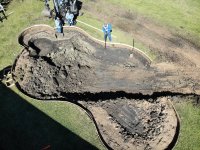After new build excavation but before rebar, we‘ve had heavy rain. The project manager covered the walls with tarps beforehand, but the wind and rain beat them up. One side of the pool’s length is 38 feet and curved, and on this curve will be a low wall with columns and fire bowls. The curved length currently shows as much as 18 inches of erosion in a couple of places. The project manager explained that the crew will put in a piece of plywood between the eroded part of the wall and where the rebar will go in, allowing enough gunite to fully surround the rebar. The gunite will hit the plywood instead of the dirt wall. I’m told this is a common practice in this situation.
My concern is this part: The project manager explained that the decking crew will fill the gap between the eroded wall and plywood with cement before laying the decking. However, I know that the plywood will eventually disintegrate, and a gap will be left in its place. Is this a valid concern, or should I simply let the PB handle it, since they are on the hook for the warranty?
I‘ve received the PB’s quote to expand the arc of the curved length, so that the final excavated wall is a smooth curve and doesn’t require the plywood/cement workaround. It adds $8,000 to the cost. I am sure they would love this, but I don’t want to spend the money unless my concern is valid. Warranty or not, I do not look forward to having rework done if a problem comes out of the plywood/cement workaround.
Your input and guidance about which route is better for me, the owner of this big hole, would be much appreciated! Thanks in advance!
My concern is this part: The project manager explained that the decking crew will fill the gap between the eroded wall and plywood with cement before laying the decking. However, I know that the plywood will eventually disintegrate, and a gap will be left in its place. Is this a valid concern, or should I simply let the PB handle it, since they are on the hook for the warranty?
I‘ve received the PB’s quote to expand the arc of the curved length, so that the final excavated wall is a smooth curve and doesn’t require the plywood/cement workaround. It adds $8,000 to the cost. I am sure they would love this, but I don’t want to spend the money unless my concern is valid. Warranty or not, I do not look forward to having rework done if a problem comes out of the plywood/cement workaround.
Your input and guidance about which route is better for me, the owner of this big hole, would be much appreciated! Thanks in advance!
Attachments
-
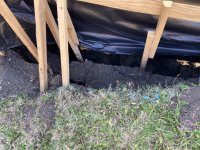 603430C3-D159-4608-9856-D20846F70F13.jpeg731.5 KB · Views: 69
603430C3-D159-4608-9856-D20846F70F13.jpeg731.5 KB · Views: 69 -
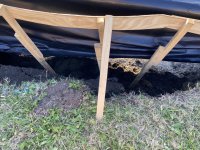 47AF15F9-FCCB-4D18-8523-997B2C23EB6A.jpeg661.2 KB · Views: 62
47AF15F9-FCCB-4D18-8523-997B2C23EB6A.jpeg661.2 KB · Views: 62 -
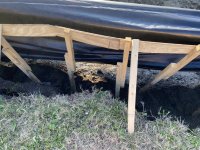 FFBECC51-A203-4764-B8E0-6803FCEDFA2E.jpeg663.7 KB · Views: 59
FFBECC51-A203-4764-B8E0-6803FCEDFA2E.jpeg663.7 KB · Views: 59 -
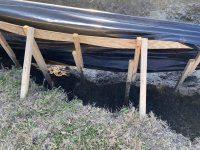 7A085FC7-D7F3-4404-8BB4-9DCCE319BA93.jpeg698.2 KB · Views: 57
7A085FC7-D7F3-4404-8BB4-9DCCE319BA93.jpeg698.2 KB · Views: 57 -
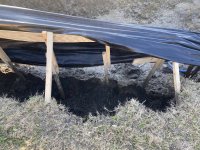 C194D7A2-E08E-4743-9407-1262FE3B6F6C.jpeg810.7 KB · Views: 58
C194D7A2-E08E-4743-9407-1262FE3B6F6C.jpeg810.7 KB · Views: 58 -
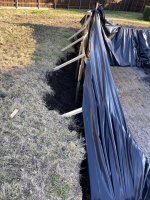 93074696-1917-4A7B-86AA-DFD42C6FE0C4.jpeg862.6 KB · Views: 66
93074696-1917-4A7B-86AA-DFD42C6FE0C4.jpeg862.6 KB · Views: 66


